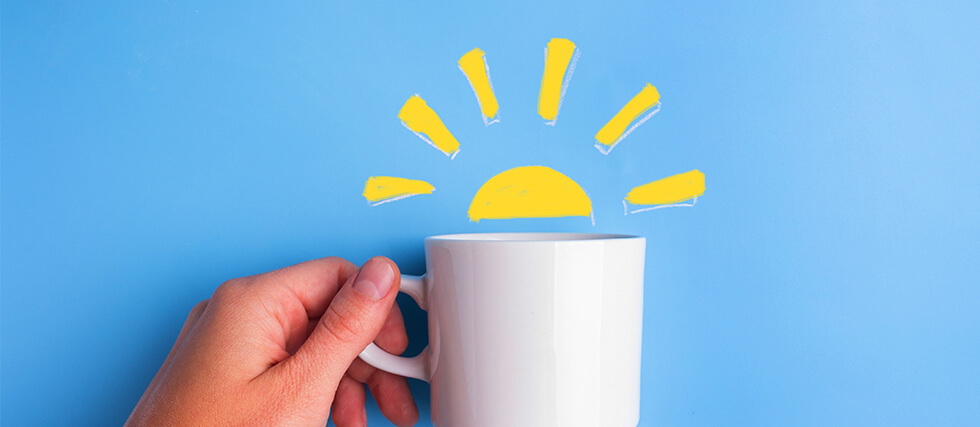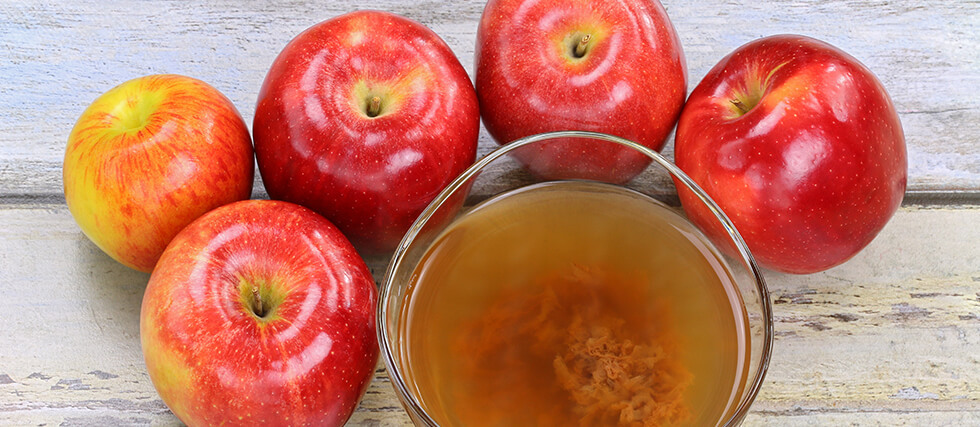Avoid Early Morning Energy Crashes By Drinking This
Apple cider vinegar (ACV) has been a staple in natural wellness routines for centuries, but drinking a small amount before bed can offer unique nighttime benefits that go beyond digestion.
First, ACV helps support stable blood sugar levels overnight. Studies show that consuming diluted apple cider vinegar before bed may reduce fasting blood glucose in the morning, especially for those dealing with insulin sensitivity.¹ By slowing down the digestion of carbohydrates, ACV can help you avoid those early morning energy crashes or sugar cravings.
Second, ACV may promote a smoother digestion process while you sleep. Its acetic acid content supports stomach acid production, which is essential for breaking down food efficiently and preventing bloating or reflux. If you’re prone to feeling heavy or gassy after dinner, a tablespoon of ACV in warm water may be a gentle, natural remedy.
Third, apple cider vinegar may contribute to better sleep. While research is still emerging, some believe the trace minerals in ACV—such as potassium and magnesium—combined with its alkalizing effect, may help relax the body and support sleep quality.
Lastly, ACV may gently support detoxification overnight by promoting lymphatic drainage and liver function. Its natural antimicrobial and antifungal properties also make it a great addition to your nightly routine if you’re looking to keep your gut and immune system in balance.
How to Take It:
Mix one tablespoon of raw, unfiltered apple cider vinegar ( with the mother) in a glass of warm water. Add a teaspoon of raw honey to mellow the flavor. Sip about 30 minutes before bed.
Note: ACV is potent—never drink it straight. And if you have acid reflux or digestive sensitivities, start with a smaller amount or consult your healthcare provider.





